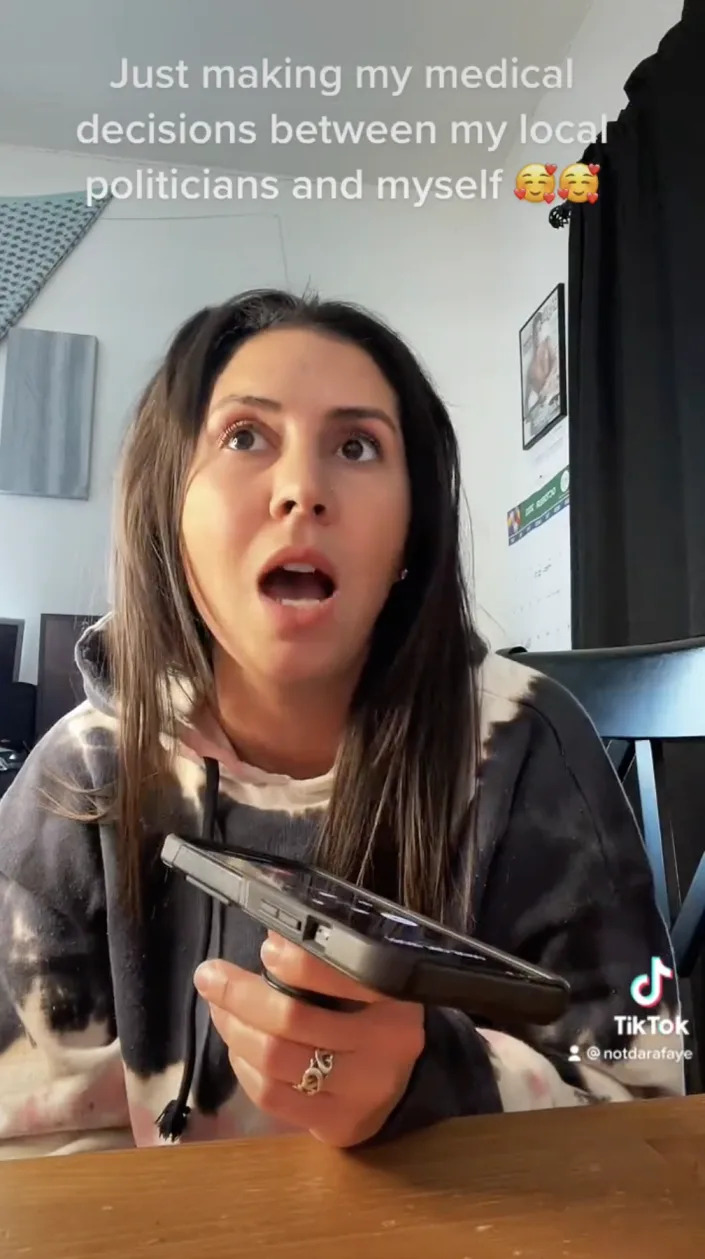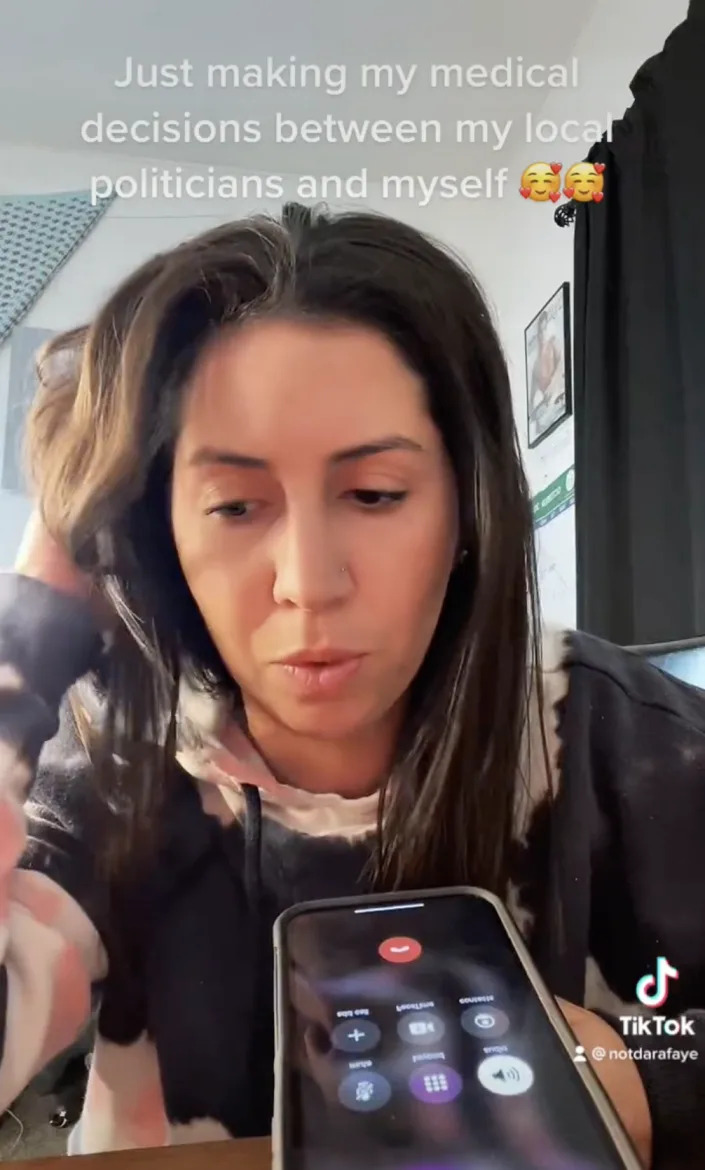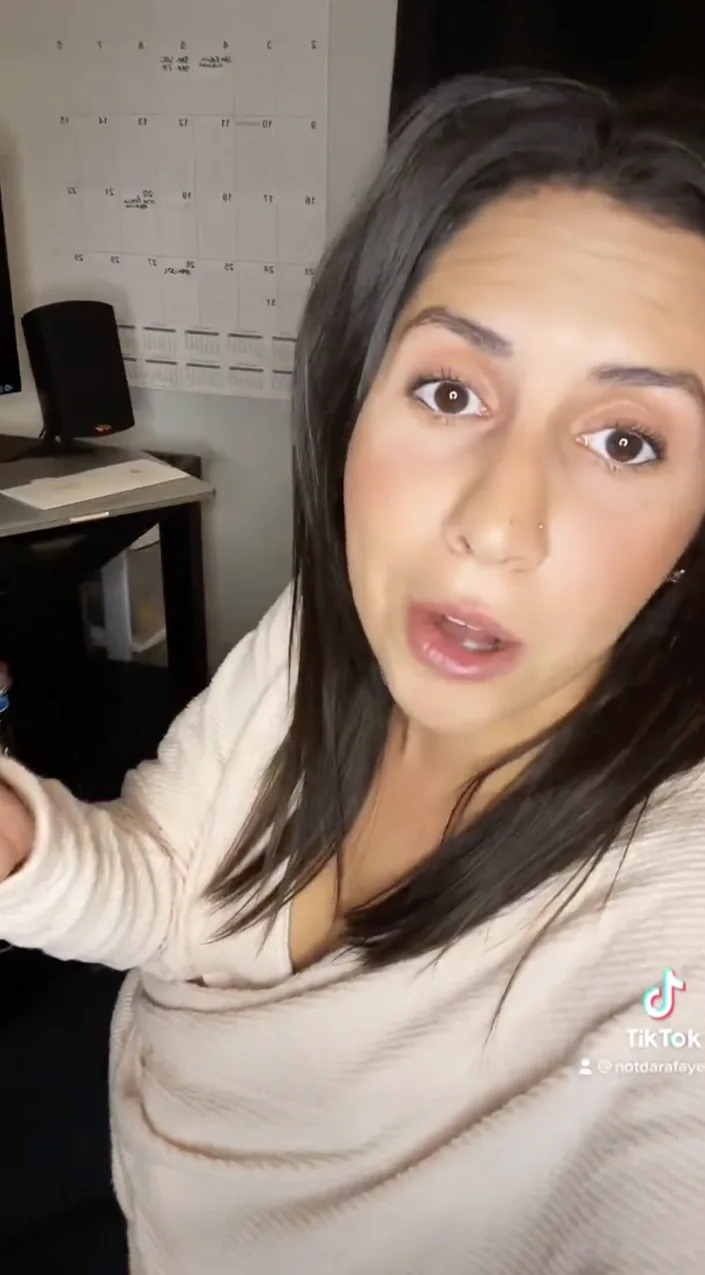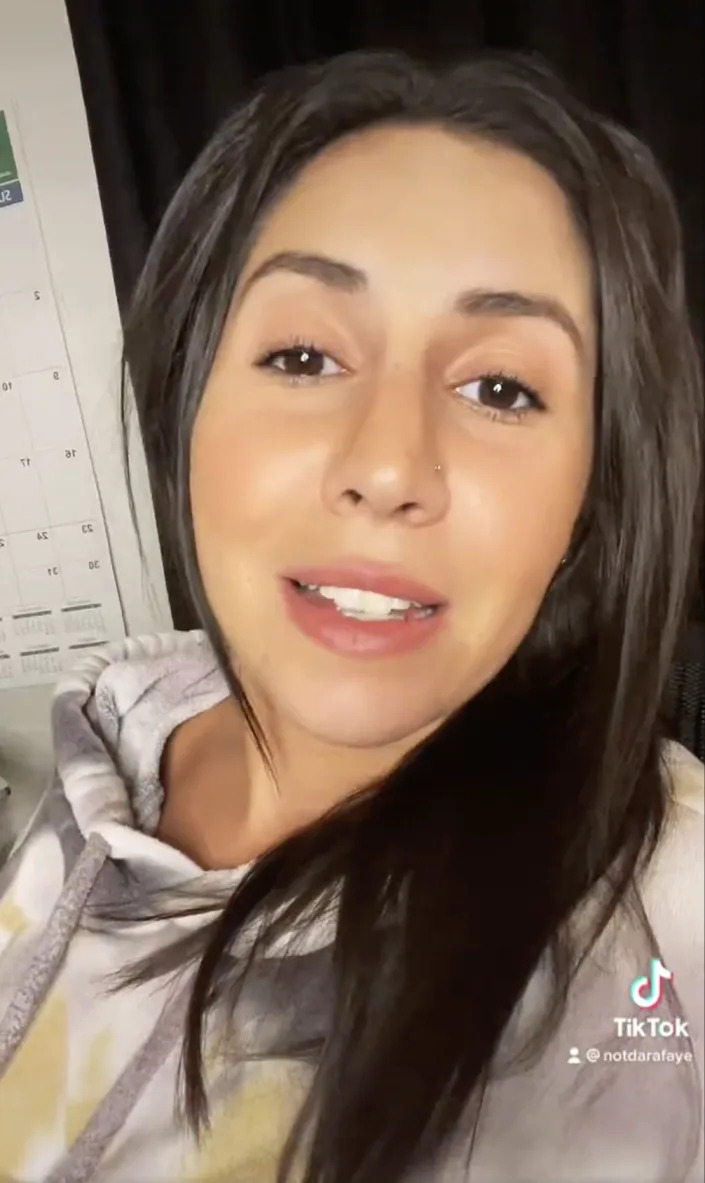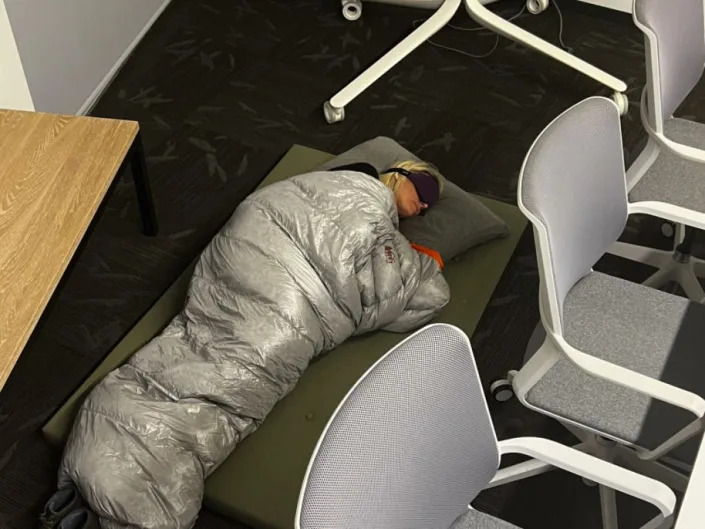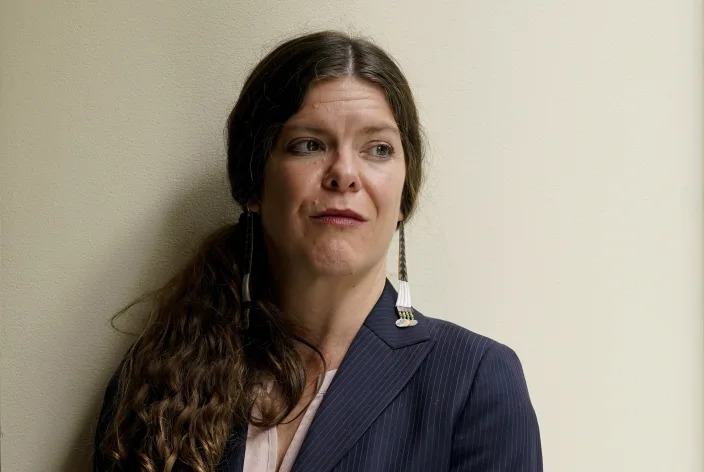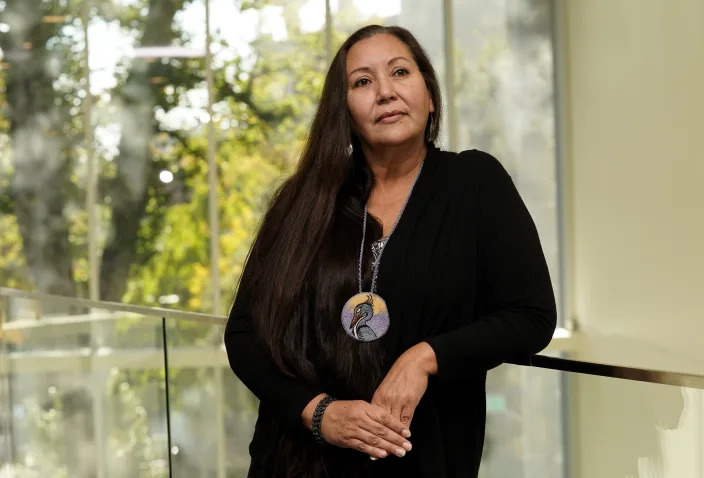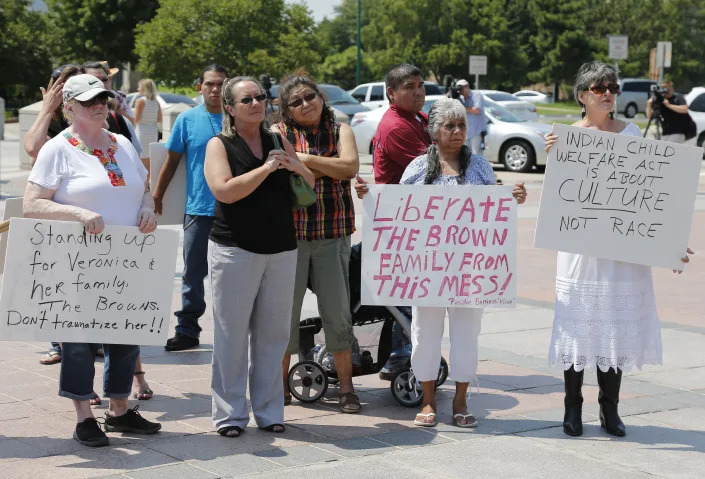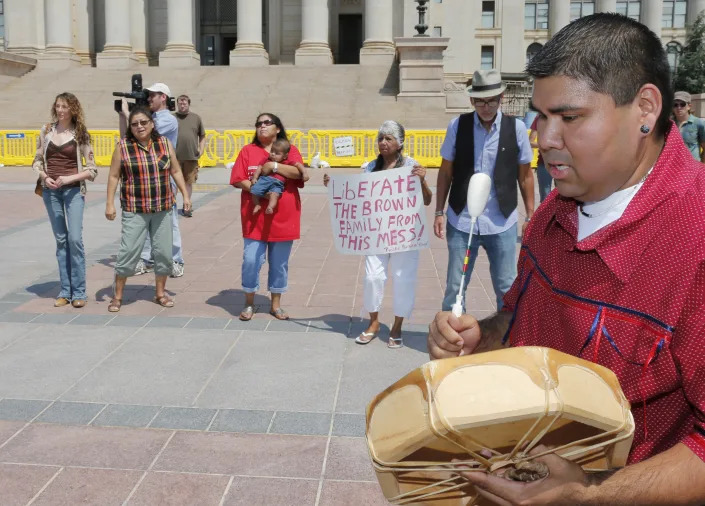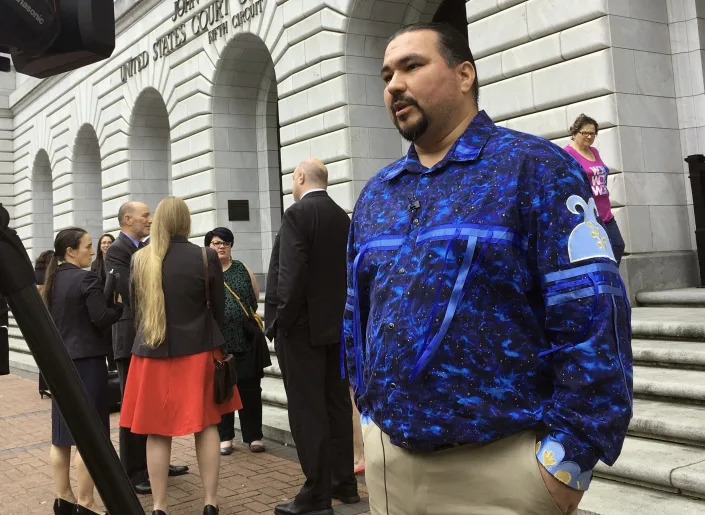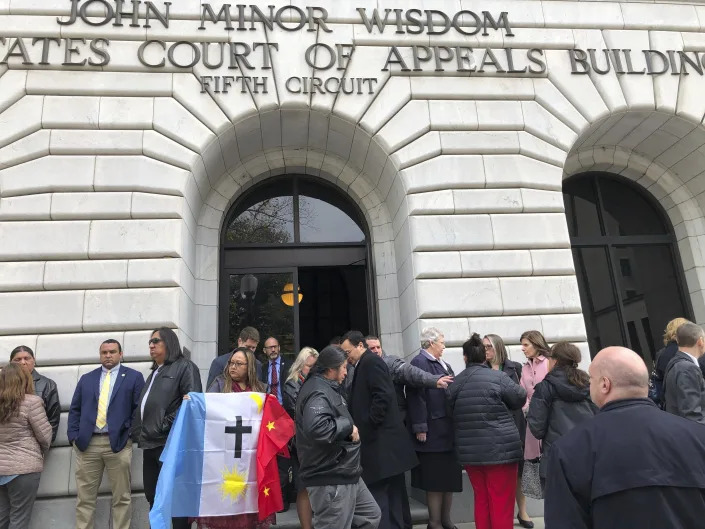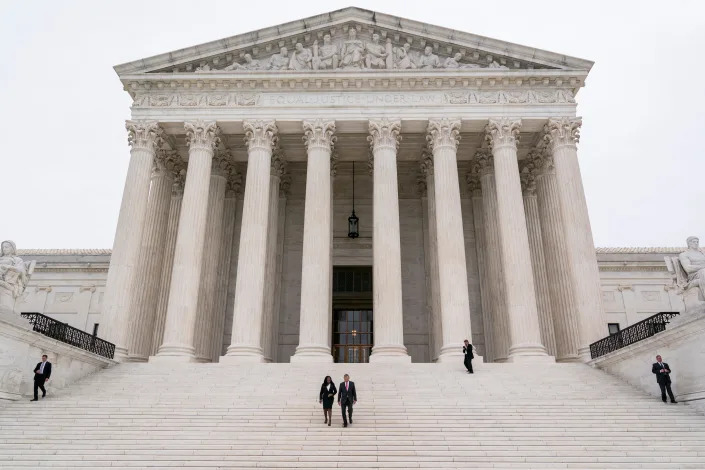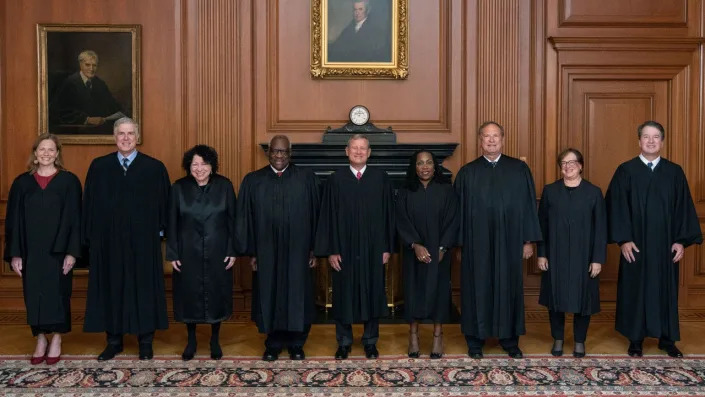
Czarek Sokolowski/AP Photo
Ella Creamer
Mon, November 7, 2022 at 10:17 AM·9 min read
It happened like this: A dogged religious right and a determined set of anti-abortion movers and shakers poured years of work into curbing abortion access. Their efforts swayed conservative politicians, who adopted opposition to abortion as a central ideological goal in a vicious culture war. They appointed conservative judges to the courts, and when the topic of abortion crossed those judges’ dockets, they made a shocking yet predictable ruling that vastly curtailed abortion access.
No, I’m not talking about the U.S. This is what happened in Poland.
In 2020, Poland became the first nation in nearly 15 years to buck the liberalizing trend around the globe and roll back abortion rights. Two years later, when the Supreme Court’s controversial decision in Dobbs struck down Roe and 50-plus years of legal precedent vanished, the United States became the second. Now, as Democrats face dismal prospects in this week’s midterm elections, they’re hoping that Republican overreach on abortion will stave off a red tidal wave. They did over-perform in special elections over the summer, and there’s been a hike in new Democrats registering to vote. But Republicans are betting that the political fallout over Dobbs is losing steam, and that despite the abortion issue, their message on inflation and crime will hand them more governor’s mansions, the House and possibly even the Senate.
Exactly how the end of Roe will affect the midterms won’t be clear until the results trickle in after election day. But both Democrats and Republicans could draw valuable lessons from what happened in Poland, chief among them: Throwing abortion to the judiciary doesn’t take it out of the realm of politics. In fact, it makes the debate even more political than it was before.
Poland once had liberal abortion laws.
Under communist rule in the ’60s and ’70s, abortion was readily available. But after the Soviet Union’s fall, lobbying by the Catholic Church led to a 1993 law restricting abortion to cases of rape, incest, fetal abnormality and threat to the mother’s health. Support for legal abortion spiked in 1993 before dipping through the rest of the decade, suggesting Poles quickly became accustomed to a new — stricter — status quo.
In the U.S., Republican-controlled states rolled back abortion access with laws that sidestepped Roe — mandating ultrasounds and waiting periods, forcing some clinics to widen their hallways and abortion providers to obtain admitting privileges at local hospitals to keep their doors open. Meanwhile, Poland's Law and Justice Party (or PiS, for Prawo i Sprawiedliwość) would take a more direct route. In 2016, they endorsed a harsher ban on abortion, prohibiting the procedure even in cases of rape, incest and of fetal abnormality — the latter of which accounted for 98 percent of abortions in the country after the 1993 law — but preserving the exception for cases posing danger to the mother’s life. The move triggered a national wave of demonstrations, dubbed the “Black Protest.” One hundred-thousand Poles — wearing dark clothing and holding black flags and umbrellas — thronged in city streets.
Spooked by the outrage, Law and Justice backed off and tried another option, one that ultimately proved fruitful for U.S. conservatives as well: the courts. In a yearslong process, they replaced liberal justices with conservatives, locking in PiS acolytes to the Constitutional Tribunal — the panel that monitors compliance of statutory law with Poland’s constitution. When abortion was delegated to the Tribunal, the panel’s October 2020 decision was no surprise: Abortion on the grounds of fetal abnormality would be banned, partly on the basis that a right to life was already enshrined in the Polish constitution.
Abortion numbers plummeted by 90 percent. But the political impact was significant, too: Law and Justice’s approval rating tanked from the mid-40s to the low-30s. It’s only partly recovered since.
The abortion decision wasn’t only to blame — the government had mishandled the pandemic amid other political blunders. But the ruling itself hemorrhaged PiS support among women and “massively accelerated” a process of secularization among young Poles, says Aleks Szczerbiak, author of the forthcoming Political Parties and Religion in Post-Communist Poland.
The overturning of Roe v. Wade this year was an eerie echo of the Polish scenario. In both countries, the anti-abortion camp secured judicial wins — Dobbs was “precisely the kind of victory that was achieved in Poland,” says Agnieszka Graff, author of Anti-Gender Politics in the Populist Moment. And in both cases, the driving arguments were the same: “That this is for the protection of unborn life, that unborn life begins at conception, the desire to protect that life trumps the rights of women to abort,” says Anna Grzymala-Busse, a Stanford University political scientist.
To be sure, the Polish and American contexts differ. First of all, in Poland, the Tribunal deemed abortion an issue of rights; in America, the Supreme Court judged it an issue for states. America “politicized the issue,” says Szczerbiak, while Poland “judicialized” it. Second, religion has a tighter grip on Polish politics. And third, political structures differ — Poland has a unitary, multi-party system; America’s is federal and two-party.
But the similarities remain striking, nonetheless. And if what happened in Poland after the abortion ban is any indication of what will happen in the U.S., Democrats and Republicans alike are facing a thornier calculation on abortion politics than either party anticipated.
Poland’s slow acceptance of the restrictive 1993 law could spell trouble for abortion rights supporters. “It’s not as if we’re going to accept living in Gilead,” Grzymala-Busse says, “But ... I think this federal patchwork might just get accepted over the course of the next 10 years or so as the new status quo, the new normal.”
There is evidence of the Polish effect migrating to the U.S. already: The proportion of women aged 18-44 who believe abortion is one of the top three issues facing America fell from 29 percent right after the Dobbs decision to just 12 percent by mid-September. “If Poland is anything to go by, these issues tend to eventually die down,” Grzymala-Busse says.
Poland also tells Democrats that the anti-abortion movement doesn’t end with the American religious right. “American women need to understand that they’re facing not just a Republican Party, but part of a global movement that’s been very strong in Europe,” says David Ost, a political scientist at Hobart and William Smith Colleges.
This movement was born in America: In the ’70s, the political arms of the Protestant and Catholic churches cohered “around opposition to women’s rights and also gay rights” and influenced conservative politics, Graff explains. This “culture wars coalition” evolved to infiltrate politics globally, looking for weak spots in legislation: If it’s difficult to overturn abortion rights in a country, the lobby will focus on overturning gay rights, and vice versa. Now, anti-abortion organizations in America have strong bases across the Atlantic, though the sister organizations may operate under different names. For example, the highly influential Catholic Ordo Iuris group in Poland is part of the Tradition, Family, Property network that originates in Brazil but has a powerful U.S. contingent.
“We haven’t seen anything yet,” Ost says. The U.S. religious right — part of the global anti-abortion web — will not back off after the midterms, and there may be a coordinated campaign to attack states where abortion is legal. “They have a lot of resources. They’re absolutely committed to deepening this, to pursuing this,” Ost adds.
Republicans may be buoyed by the backstop that this global abortion lobby presents. And despite the hit Law and Justice took after the ban, especially among women, Republicans might still be encouraged by their trajectory since then — even after the backlash, the party remains the most popular in Poland and is still in power. “One lesson for the Republicans would be that it’s possible to survive this, like PiS did,” says Jason Wittenberg, a UC Berkeley professor who specializes in post-Soviet politics.
But Republicans shouldn’t get too excited — conservative Polish voters have greater loyalty to Law and Justice than their American counterparts do to the Republican Party, Wittenberg says, and Law and Justice has successfully enacted redistributive policies that have been popular with their rural base. The key takeaway for the GOP? “Don’t draw the wrong lesson from Poland. I think the Republicans are made more vulnerable by this than PiS was,” Wittenberg says.
The Polish example also warns Republicans of the Democratic Party’s strength when it comes to abortion messaging. After the Tribunal’s decision, Polish opposition parties failed to coalesce against the ruling — no party was articulating an abortion rights position. So while Law and Justice took a hit in the polls, it wasn’t terminal. Compared to the Polish opposition, the Democrats appear clear and consistent: Since Roe v. Wade was overturned, they’ve positioned themselves as the party of abortion rights and have reaped the benefits in special elections.
This should scare Republicans, who have already shied away from a national party position on abortion. Sen. Lindsey Graham’s proposal for a nationwide ban met a cold reception from fellow conservatives who are vulnerable to pro-abortion rights Democrats. Plus, a sweeping federal policy would undercut the states-rights rhetoric embraced by most of the GOP.
Despite these ill omens for Republicans, the differences between the Polish and American party systems reveal an opportunity for both liberals and conservatives stateside: Polish opposition parties are considering running jointly in next year’s election, meaning they must straddle the interests of broad voting blocs — leaving contentious issues like abortion vulnerable to being jettisoned from the agenda. “The lack of a single opposition that stands for that position is a real drawback in Poland,” Ost says. The fractured opposition in Poland makes the polarization of the U.S. two-party system look like an opportunity: There is space for an anti-abortion rights party and a party in favor of abortion rights. Neither side has to abandon the issue to appeal to other parties in its coalition. For abortion rights activists and the Democratic Party — which has centered its midterm campaigns on abortion, running more than 132,000 ads on the topic in September alone — this is particularly good news.
Finally, for both parties, the Polish example emphasizes that judicializing the abortion issue winds up with it becoming ever more intensely politicized, with unintended consequences for the anti-abortion lobby. In America and in Poland, “it was a judicial decision which was the one that the anti-abortion camp wanted. And in both cases, it’s actually set off a debate which, at the moment at least, is very unhelpful to them,” Szczerbiak says.
This is a natural fallout of delegating the abortion issue to the judiciary. “Courts are fundamentally counter-majoritarian institutions — they're basically non-democratic institutions,” Grzymala-Busse says. “As a result, there’s always a disparity between what people want, and what the courts rule.”


